Sarah Bolitho is a Founder & CEO at Levyl.
Neurodiversity refers to people that have Autism, Asperger’s, Dyslexia, Tourette's and can even include Bipolar Disorder. Many of us would have a neurodivergent person in our personal network, whether that be a child, brother, sister, friend, or parent. However, these people are significantly underrepresented in the professional workforce and are subject to discrimination and bias.
Many neurodiverse people experience exclusion, damaging stereotyping, and lack of opportunity. Reflecting specifically on people on the autism spectrum, in the US it is estimated that 85% are unemployed, in the UK 78% and in Australia 34%. Whilst Australia has the lowest statistic referenced; this is still three times higher than the unemployment rate of above 10% for people with disabilities and eight times higher than the current unemployment rate of 3.9%.
Employers that are forward thinking when it comes to their DE&I strategies are realising that action needs to be taken to be at the forefront of accessible neurodiverse talent. Hiring these people can make an important contribution to cognitive diversity which drives better company performance. So where should you start?
1. Educate yourself and your workforce
Similarly, to how you may have provided LGBTIQA+ training or education on the importance of pronouns; your workforce will need to learn about neurodiversity too. In the simplest of terms, being neurodivergent means you may think, behave, learn, and work differently to what is typical in society. Your team need to understand that being neurodivergent does not mean someone is ineffective or that they have an inherent deficit, they simply process the world around us a little differently. Ensuring you have a robust understanding of neurodiversity will allow you to positively engage in constructive discussion with team members.
2. Ensure your company culture is embracing of neurodiverse people
Once your workforce is educated on neurodiversity, you need to ensure that learning translates into behaviour and action. Should your culture not embrace neurodiverse people effectively, you may find that these individuals start to mask their neurodivergent characteristics to fit in, which will likely see them fail in their roles. Neurodiverse people can exhibit their traits in different ways and often need to work in a different manner. Your company culture should be respectful of their wishes to perhaps see instructions in writing or be able to work from a quiet room if that will support their effectiveness. Enabling a culture that has an accommodating and patient spirit will be key to neurodiverse people being successful.
3. Ensure accessibility of information and equal opportunity
Key to attracting and then working effectively with a neurodiverse workforce means you need to ensure your information is accessible for their different needs and wants. Further, you need to ensure that progression paths are available, encouraged and respected in the company for neurodiverse people. A few quick tips:
- Keep sentences and paragraphs short, and avoid use of too much jargon
- Consider using pastel-coloured backgrounds; this is useful for many autistic and dyslexic people as it makes text easier to read
- Use sans-serif fonts and easy read images
- Avoid too many bright colours, loud noises or excessive animation
4. Adapt your recruitment processes
Traditional recruitment processes are set up to fail neurodiverse people.
There are several different factors to be considered when adapting your recruitment process to ensure you can attract, engage, hire, and support the success of neurodiverse people. We list them for you below:
a) Use encouraging language in job advertisements, application forms, careers sections
Ensuring open and embracing communication of neurodiverse people may encourage candidates to be forthcoming about their circumstance or feel comfortable enough to discuss what support they would need from your company to do the advertised job well. In short, you want to create an environment where neurodiverse people do not feel forced nor pressured to disclose their status to you; however, are left with the sense that your company can provide the right space and support for them.
b) Make the application process accessible
As mentioned above, Neurodiverse people often see and process information differently. In creating your application process you need to be sensitive to the visual, cognitive, and sensory needs of neurodivergent job candidates.
c) Ensure that any AI used in search, review and selection is not deploying bias
Over the course of the next decade, it is estimated that over 50% of companies globally, will deploy some form of AI in their hiring process. AI technology can rely upon algorithms and matching candidates based on past success or strict profiling. Body language and facial expression screeners can also be utilised. These algorithms and screeners must be set up to ensure that highly qualified neurodiverse people or high potential neurodiverse people are not missed or eliminated.
d) Learn to look past the resume
It goes hand in hand; wanting to get more neurodiverse people into your workforce because they are valuable assets that are underrepresented and subject to bias, means you must understand that because of that, their backgrounds may look a bit different on paper.
For entry level roles, is a resume even required? For the jobs that can be trained, can your company deploy different forms of assessment. This may ensure you are looking outside your normal pool of candidates and including neurodiverse people.
e) Eliminate social skills bias from face to face and VC interviews
We've been told for years that a person must maintain eye contact, project the right body language, and respond quickly and articulately to questions. This type of interview essentially recruits candidates who behave in line with social norms rather than looking past the surface level to what other skills and abilities exist.
f) Create onboarding practices that promote diversity, equity, and inclusion
The induction of neurodiverse people into your business is just as important as achieving their hire in the first place. You’ve talked the talk, now walk the walk. Ensure they feel included, supported, the work environment is flexible and accommodating and their training and resources are accessible.

Continue reading







